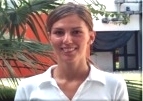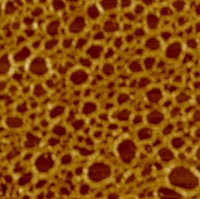
1National Nanotechnology Laboratory of Istituto Nazionale di Fisica della Materia, Dipartimento di Ingegneria dell'Innovazione, Università di Lecce, Via per Arnesano, 73100 Lecce, Italy, and
2Dipartimento di Scienze e Tecnologie Biologiche ed Ambientali, Università di Lecce, via Monteroni, I-73100 Lecce, Italy
e-mail: nicoletta.sgarbi@unile.it
URL: http://www.nnl.it
